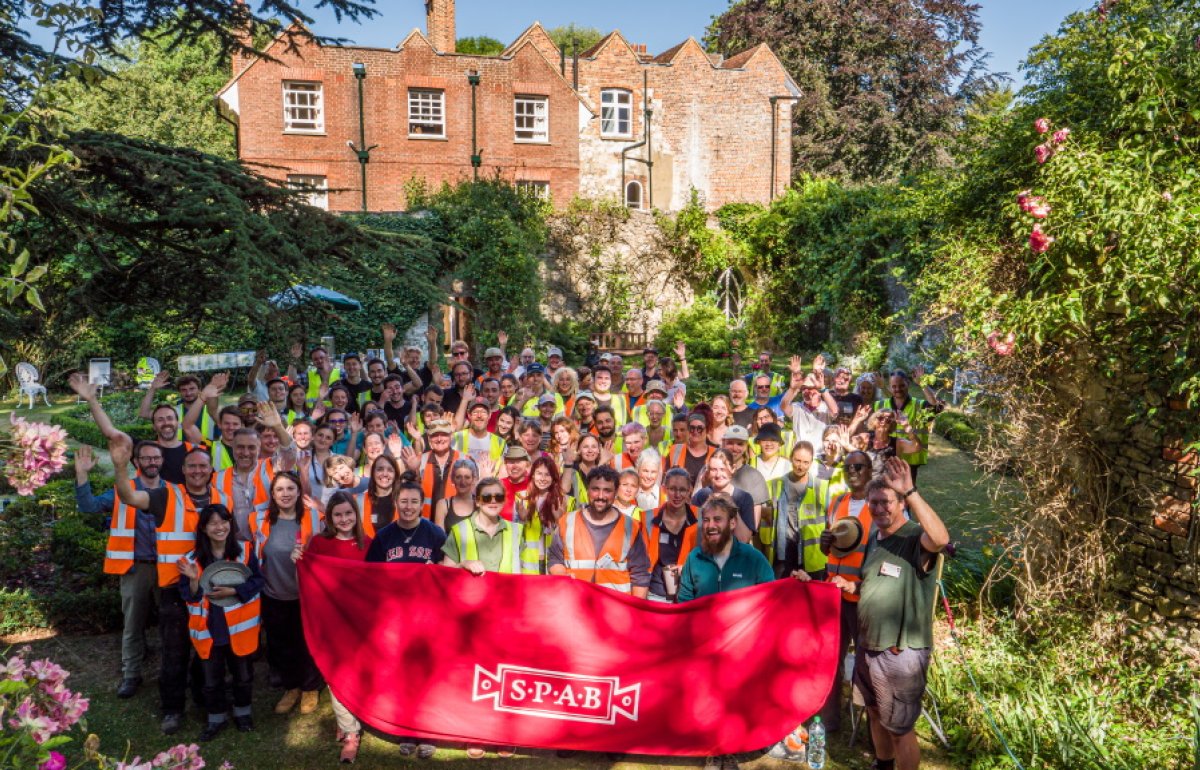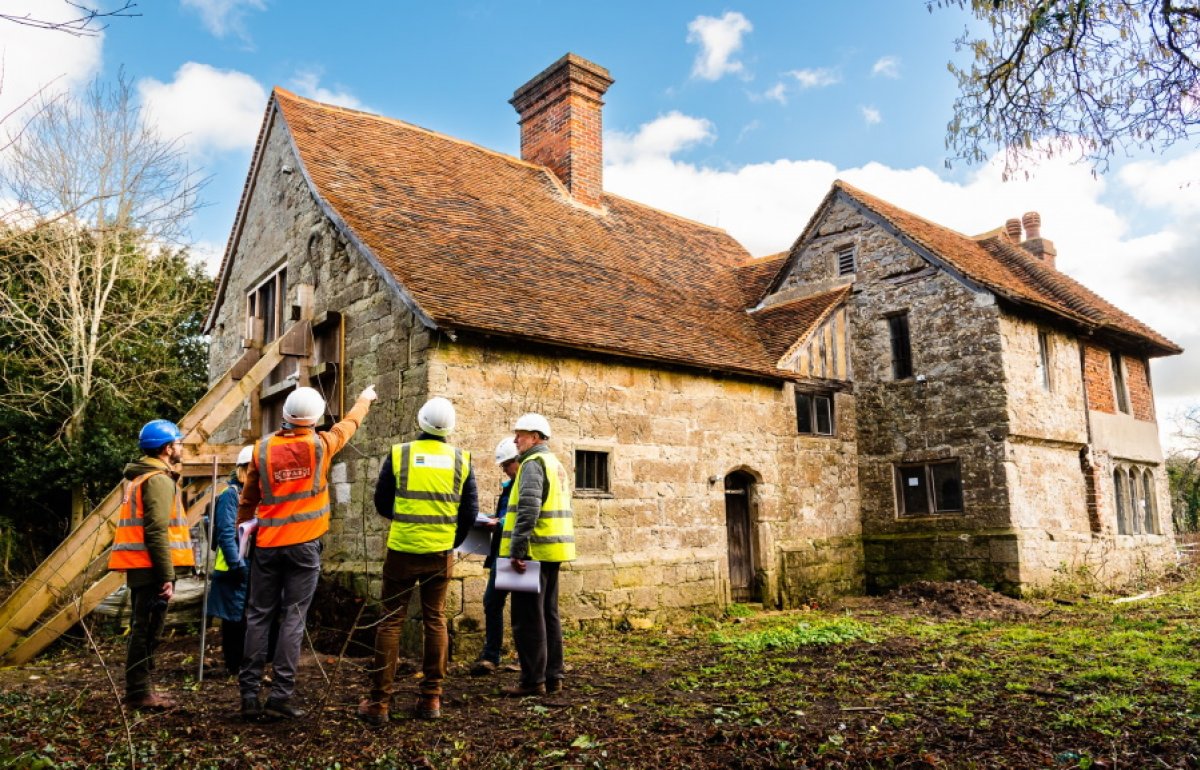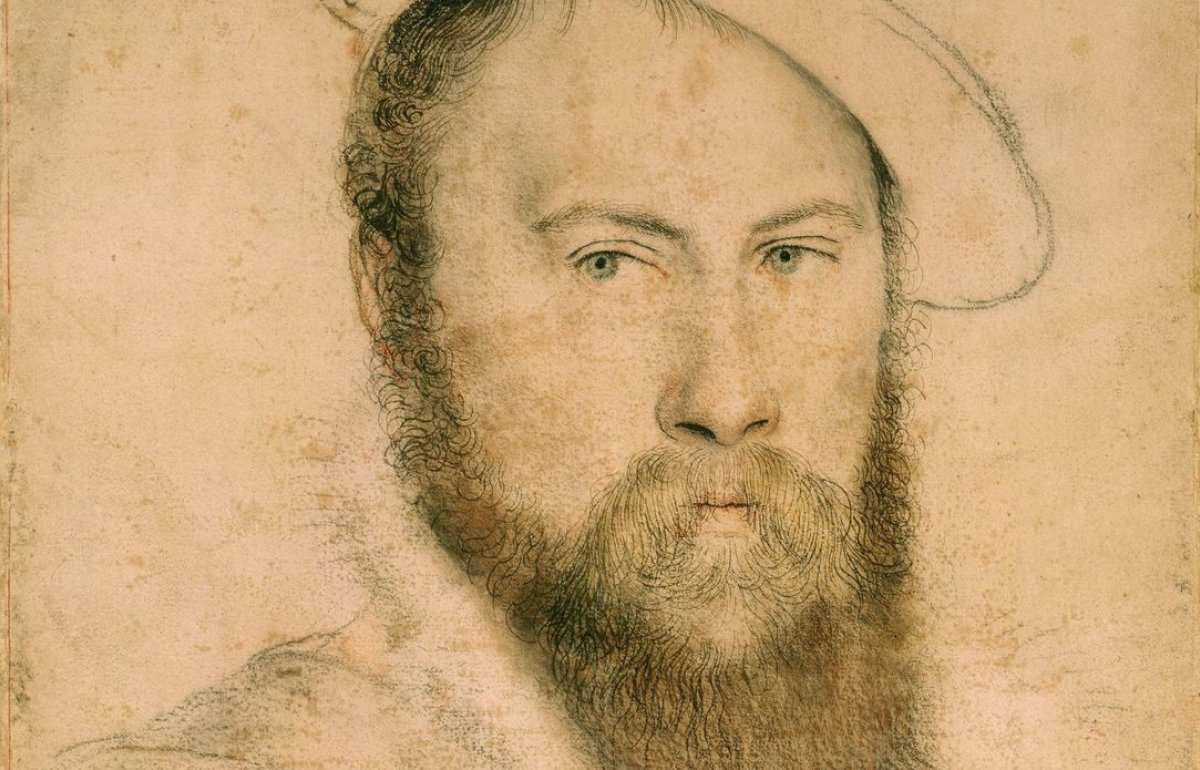
The Old House Project: Our work in 2021
Share on:
What was on the 2021 works schedule for the Old House Project at St Andrews? SPAB director, Matthew Slocombe updates on the roof repair and more.
2021 was a quiet year for the Old House Project - relatively. We managed to complete the roof repairs work and the complicated new site entrance, but the year was always intended to be one where efforts were concentrated on the Kibworth Harcourt windmill’s repair.
Even so, some significant groundwork for 2022 was done. Most important has been the securing of listed building consent and planning permission for future work. Special praise for this must go to our architects at MFA: Mal Fryer and Kristian Foster. Not only did the consents require pre-application negotiation, but they also needed to be exemplary in terms of design, documentation and rationale. The planning application might be viewed as less important than the listed building consent, but in the case of the OHP this is not correct. Securing planning permission was vital to the building’s future. Maidstone Council had taken the view that, after 50 years of dis-use, St Andrews had lost its right to be a dwelling. We therefore had to seek permission to re-occupy the site, as if the medieval building were an entirely new house. With planning permission gained, and this hurdle overcome, the building has a future and the SPAB has certainty that it can be sold and occupied at the end of our project.
As with gaining permission to cross the gas main in order to form a new access point, obtaining planning permission to re-occupy the house took the SPAB and our architects into some uncharted waters. The Old House Project’s closeness to the M20 meant that the planners needed to be satisfied that noise and pollution levels could be managed and would be tolerable for a future occupant. Noise mitigation played an important part in MFA’s design work. A key element of their design concept is a new, high garden wall that links the existing structure to a fresh service building. The wall not only offers the structure for a modest but useful covered walkway, it also provides an acoustic screen from the motorway noise for part of the garden. The wall will be constructed sympathetically from local ragstone or rammed earth, but still required careful justification. For this we are extremely grateful to engineers SOCOTEC. Voluntarily, they carried out acoustic modelling which showed the noise shielding that a wall could achieve. The thick walls of St Andrews itself already help the building’s interior to be quiet, but this will be assisted by carefully designed secondary glazing, and also by a landscape design with trees, developed for us by a new, young collective of garden designers called The Sandwich Club.

SOCOTEC have been central to the other crucial area of forward planning that we have undertaken in 2021. The building’s biggest problem is the structural movement of its west wall. This structural movement is significant, but SOCOTEC structural monitoring, assisted by voluntary advice from engineers Justin McAteer and Peter Egan and by survey work from Terra Measurement, has been extremely important. Two years of monitoring have shown that the building’s movement is minor and seasonal, rather than progressive. This understanding will be crucial when a repair scheme for the west wall is devised. Even with the new knowledge from the monitoring work, devising the repair proposal will still be extremely complicated. We are therefore enormously grateful to Historic England who have given the SPAB a Repair Grant for Heritage at Risk that will go towards 75% of the cost of this development work. This grant adds to the financial support already secured for the project from the Pilgrim Trust and to the loan provided by the Architectural Heritage Fund.
We now enter the OHP’s phase II, which should lead to the project’s completion in 2024. For this second phase, a new project board has been formed and we are extremely grateful to those involved: Jo Thwaites, Clare Birks, Marianne Suhr, Conor Meehan, Nichola Tasker, Charles Wagner and Chris Wheaton.
Sign up for our email newsletter
Get involved



